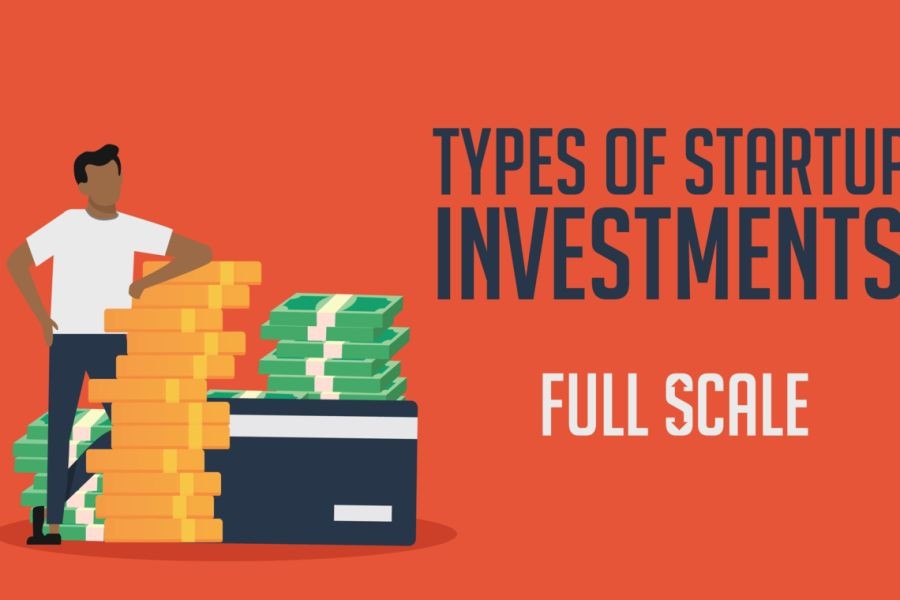Australia’s superannuation system is lauded as one of the most robust retirement savings models globally. Yet, beneath the surface, hidden fees are quietly eroding the hard-earned savings of Australians. These fees can accumulate over time, significantly impacting the final retirement pot. This article delves into the intricacies of these hidden fees, offering insights into how they operate and what can be done to mitigate their impact.
The Anatomy of Superannuation Fees
Superannuation funds in Australia charge various types of fees which can be broadly categorized into administration fees, investment fees, and advice fees. According to the Australian Securities and Investments Commission (ASIC), the cumulative effect of these fees can diminish a superannuation balance by up to 20% over a lifetime. Understanding these fees is crucial for optimizing retirement savings.
Administration Fees
Administration fees cover the cost of managing your super account. While these fees may seem nominal on a monthly basis, they can accumulate to thousands of dollars over the years. The Australian Prudential Regulation Authority (APRA) reports that even a 1% increase in fees can reduce the final super balance by 15% over a typical working life.
Investment Fees
Investment fees are charged to manage the investments within your superannuation fund. These can vary greatly depending on the type of investment strategy employed. Funds with higher exposure to actively managed portfolios tend to charge higher fees. The Reserve Bank of Australia (RBA) indicates that passive investment strategies, such as index funds, typically incur lower fees and can yield comparable returns over the long term.
Advice Fees
Advice fees are charged for personal financial advice related to your superannuation. While expert advice can be beneficial, it’s essential to evaluate whether the cost of advice outweighs the potential benefits. Recent reforms by the Australian Government aim to make financial advice more transparent, but consumers must remain vigilant.
Case Study: The Impact of Hidden Fees on Retirement Savings
Consider the case of Sarah, a 40-year-old professional from Sydney who discovered the impact of hidden fees on her superannuation. Sarah's fund charged an annual administration fee of 1.5% and an investment fee of 0.9%. Over 25 years, these fees would have cost her an estimated AUD 120,000, reducing her retirement savings by nearly 18%.
After consulting with a financial advisor, Sarah switched to a fund with lower fees and adopted a passive investment strategy. This change is projected to save her AUD 40,000 over the next 25 years, significantly increasing her retirement nest egg.
Debunking Common Myths About Superannuation Fees
- Myth: "All super funds charge similar fees." Reality: Fees can vary significantly between funds. Research by Chant West shows that the difference between the highest and lowest fee funds can be over 1.5% per annum, making fund selection critical.
- Myth: "Higher fees mean better performance." Reality: According to Morningstar, there is no consistent correlation between high fees and superior returns. Often, lower-cost funds can outperform their higher-cost counterparts.
- Myth: "Switching funds is too complicated." Reality: The process of switching funds has become more streamlined, with most superannuation providers offering easy transfer options and comprehensive support.
Pros and Cons of Different Superannuation Strategies
Pros:
- Lower Fees: Opting for low-fee funds can significantly enhance retirement savings.
- Index Funds: Passive investment strategies often provide better returns relative to fees.
- Transparency: New regulatory measures are improving fee transparency, empowering consumers.
Cons:
- Complex Choices: The plethora of super funds can make decision-making daunting.
- Hidden Costs: Some funds may still have undisclosed costs that can erode savings.
- Market Volatility: Investment strategies may expose funds to market risks.
Future Trends and Predictions
The future of superannuation in Australia is poised for change. The Australian Government's upcoming reforms aim to enhance transparency and reduce fees further. According to a Deloitte report, by 2026, digital platforms will dominate superannuation management, offering enhanced fee transparency and personalized investment strategies. This shift could empower Australians to make more informed decisions about their retirement savings.
Conclusion
The hidden fees in superannuation can significantly impact retirement savings, but awareness and proactive management can mitigate these effects. By choosing low-fee funds and leveraging new regulatory measures, Australians can optimize their superannuation outcomes. What steps will you take to safeguard your retirement savings? Share your thoughts and strategies in the comments below!
People Also Ask (FAQ)
- How do hidden fees affect superannuation in Australia?Hidden fees can reduce superannuation balances by up to 20% over a lifetime, impacting retirement savings significantly.
- What are the best strategies for minimizing superannuation fees?Opt for low-fee funds, consider passive investment strategies, and stay informed about regulatory changes for better fee management.
- How does the Australian Government regulate superannuation fees?The government enforces transparency and caps on certain fees to protect consumers, with ongoing reforms to enhance these measures.
Related Search Queries
- How to reduce superannuation fees in Australia
- Best low-fee superannuation funds 2023
- Impact of superannuation fees on retirement
- Superannuation investment strategies Australia
- Australian superannuation fee reforms 2023






























